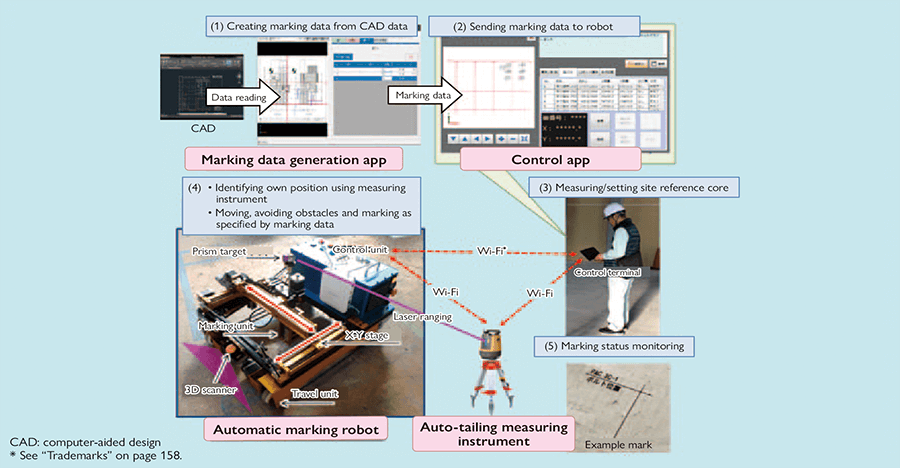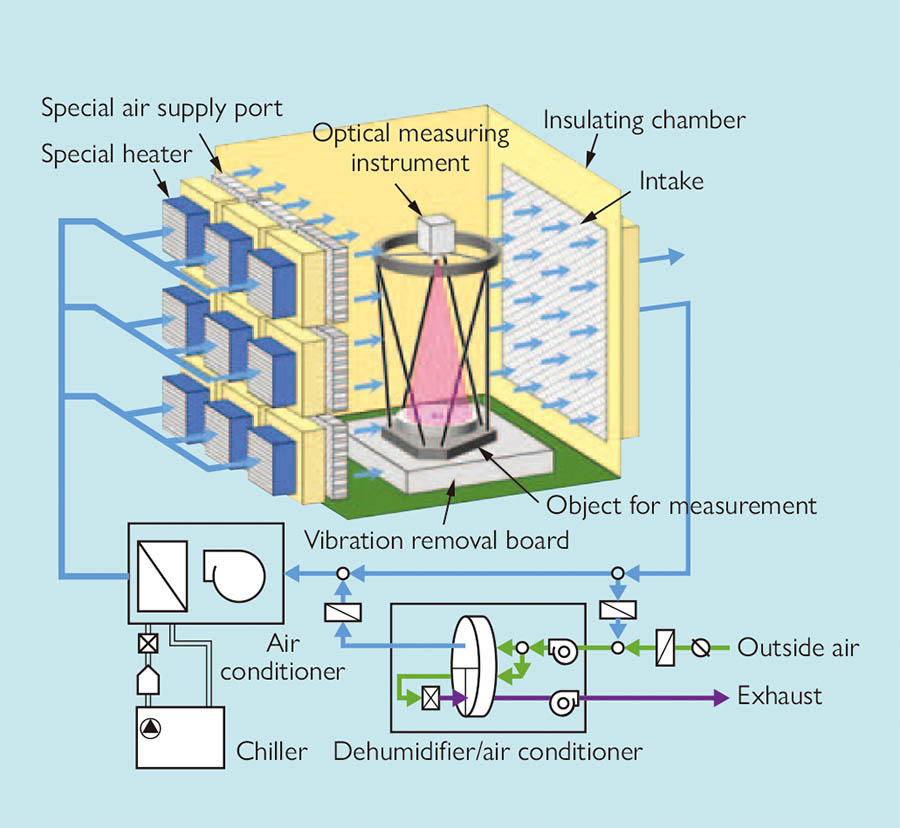1. Hitachi Digital Solutions for the Pharmaceutical Industry
Hitachi's Research & Development Group has drawn on the analysis expertise it has accumulated over the past 10 years to develop new digital solutions with names such as Black Box Breaker (B3) and Clinical Semantic Linker (CSL). B3 is a deep learning technology with medical explanatory capabilities. CSL is a natural language processing technology specialized for text analysis in the medical field. These technologies have been used in proofs of concept (PoCs) with clients in various business areas, and have demonstrated benefits. They form the core of a project begun in 2017 called Hitachi Digital Solutions for Pharma that provides services for improving the efficiency of client operations. These services include solutions for patient stratification, assisting clinical trial plans, and target searches.
The pharmaceutical industry is facing increasingly demanding conditions caused by challenges such as falling drug prices due to rising healthcare costs, and rising research and development (R&D) costs caused by increasingly advanced medical technologies (individualized healthcare and regenerative medicine). These demanding conditions are forcing the industry to carry out more accurate business value assessments. Countries around the world are also introducing healthcare economic assessments to weigh the costs and benefits of medical technologies during decision-making on healthcare policy in areas such as medical technology insurance reimbursement and price setting. The presentation of scientifically corroborated evidence is being demanded as a result.
Seeking to help clients grow their businesses and improve patient quality of life (QoL), Hitachi is responding to the demands of the current environment by releasing development strategy solutions, adding simulation services for business viability assessments and healthcare economic assessments, and providing services designed to improve the operation efficiency and accuracy of the drug discovery process straight-through from upstream to downstream.
Hitachi will continue to expand the application of this project into the area of medical devices and the entire healthcare industry.











